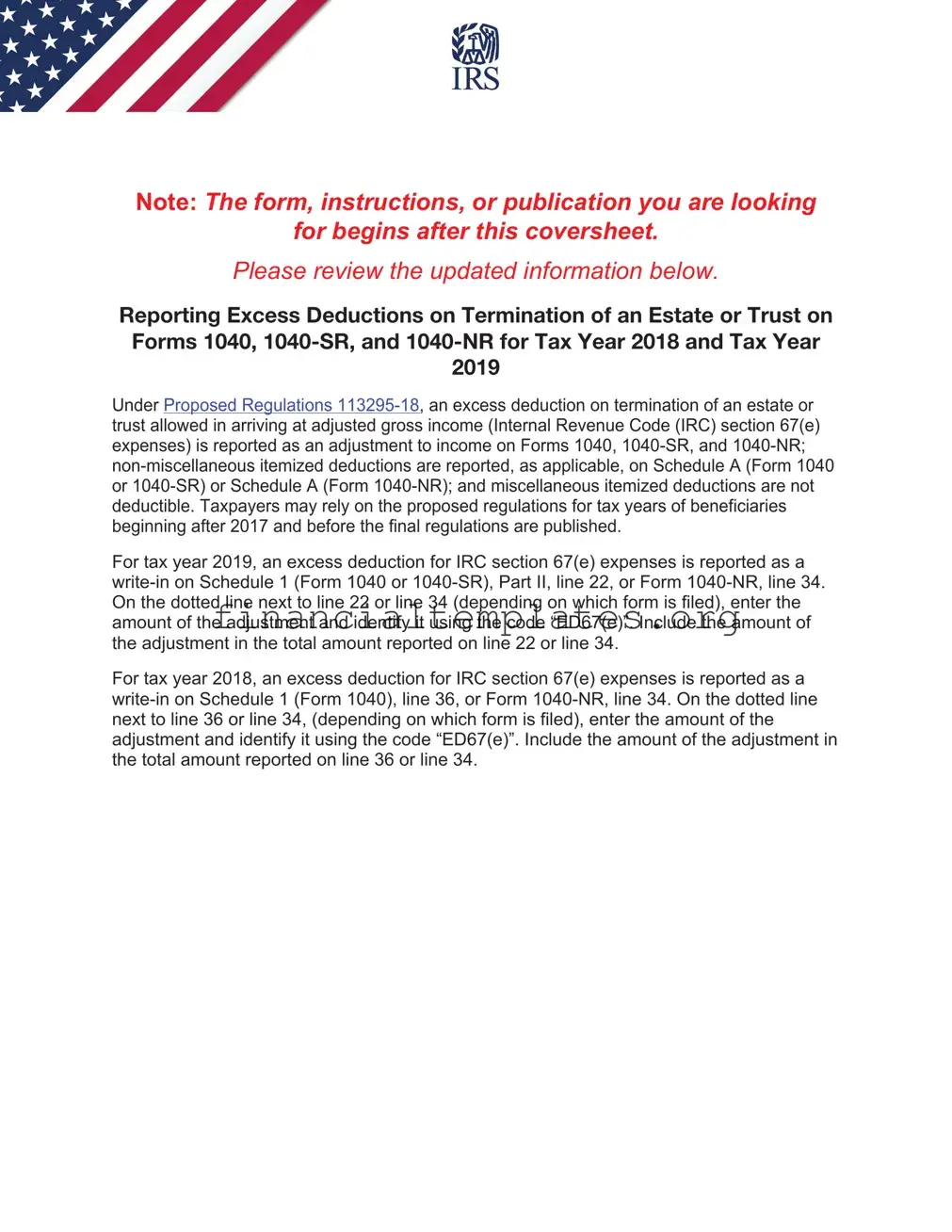The IRS 1040-NR form, designated for non-resident aliens to file their U.S. tax returns, shares similarities with several other IRS forms, each tailored to specific financial and residency situations. One notable parallel is with the standard IRS 1040 form, the go-to document for U.S. residents to report their annual income. While both forms are used to report income and calculate taxes owed or refunds due, the 1040 form is broader, catering to U.S. citizens and residents, whereas the 1040-NR is specifically designed for those who do not pass the green card or substantial presence tests but have earned income from U.S. sources.
Another close relative is the IRS 1040-SR form, which is essentially a version of the standard 1040 form but tailored for senior citizens, aged 65 and older. This form offers a larger, easier-to-read font and includes a standard deduction chart that takes into account the taxpayer's age. The similarity to the 1040-NR lies in the intent to simplify the filing process for a specific group of taxpayers, albeit serving different populations with distinct needs related to their age or residency status.
The 1040-NR also mirrors the 1040-NR-EZ, a simpler alternative designed for non-resident aliens with more straightforward tax situations. The 1040-NR-EZ was phased out after the 2018 tax year and incorporated into the 1040-NR, but when it was in use, it offered a streamlined approach for non-residents who had no dependents and only earned wages, salaries, tips, refunds, credits, or scholarships. Its design aimed to make tax filing less daunting, focusing on those with clear-cut income sources and deductions, much like the 1040-NR streamlines filing for non-resident individuals today.
Additionally, the Form 1040-SS closely aligns with the 1040-NR in its purpose to cater to specific segments of filers. The 1040-SS is for residents of U.S. territories, including Puerto Rico, Guam, the U.S. Virgin Islands, the Northern Mariana Islands, and American Samoa. It's for those who are self-employed in these territories and need to report self-employment income. Like the 1040-NR, it addresses a unique taxpayer segment by providing a tailored form that meets their specific reporting requirements and tax situations, acknowledging the distinct financial scenarios faced by residents outside the continental U.S.



